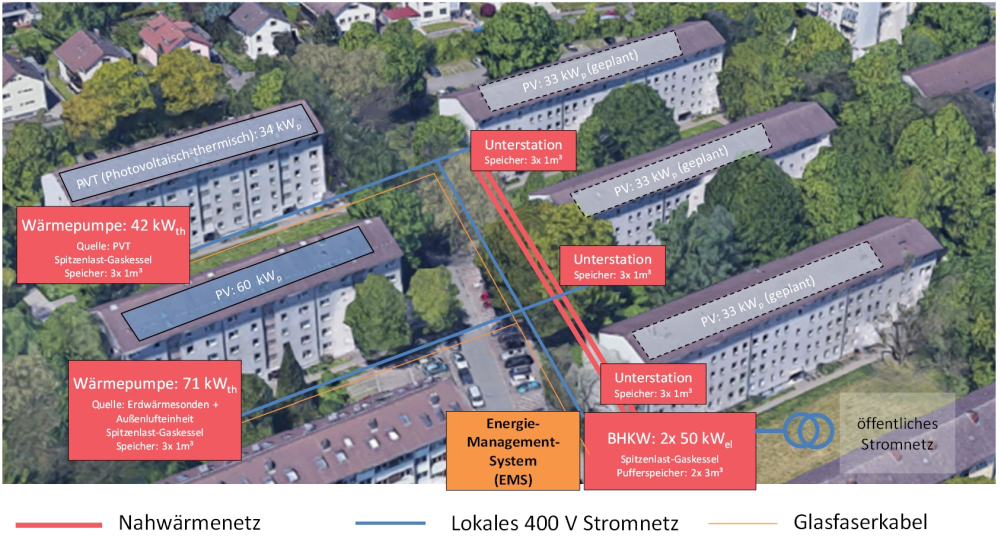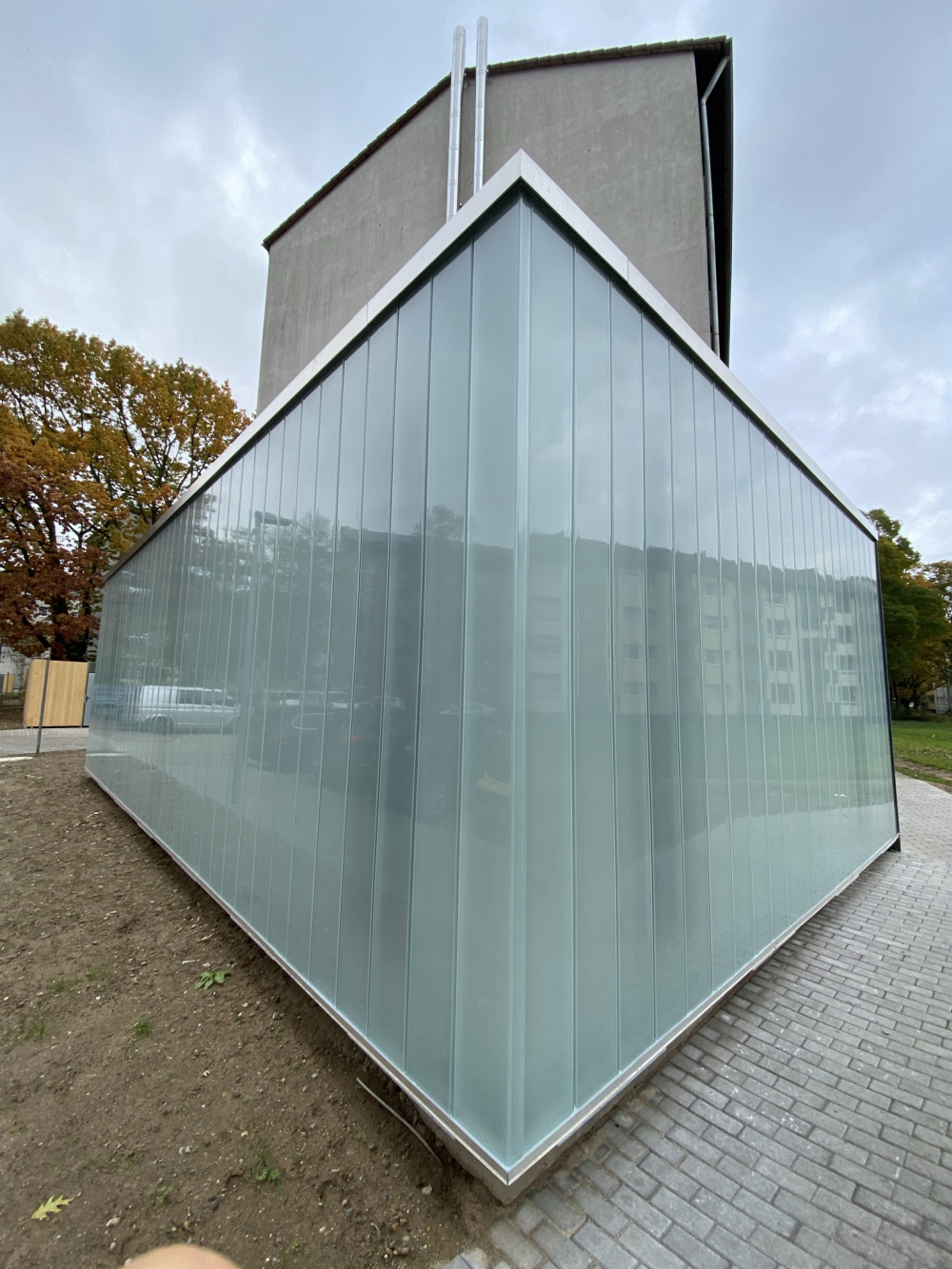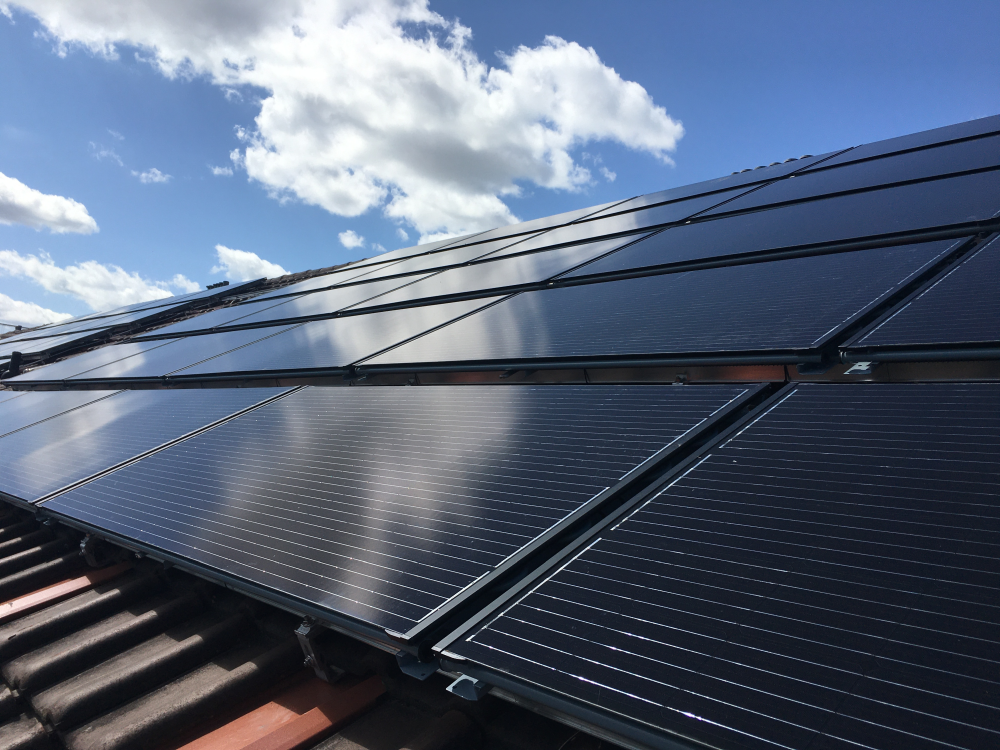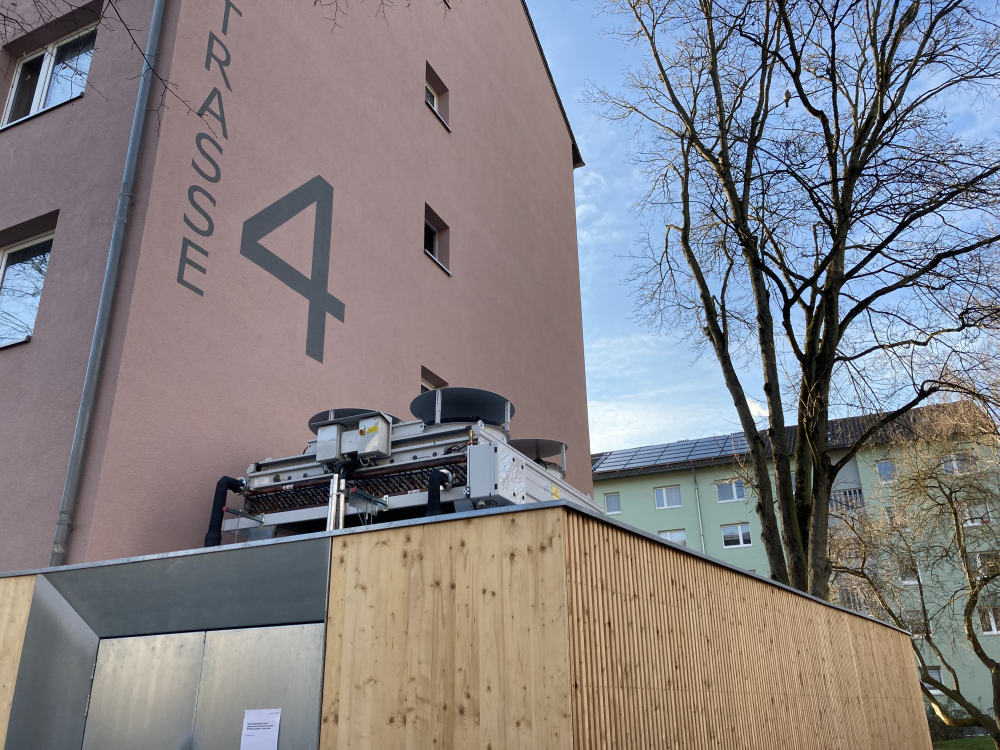| Duration: | 09/2018 - 12/2023 |
| Contracting Authority/ Sponsors: | Federal Ministry of Economic Affairs and Climate Action (BMWK) |
| Project Partners: | KES Karlsruher Energieservice GmbH; Universität Freiburg, INATECH; Stadtwerke Karlsruhe; Volkswohnung Karlsruhe |
| Website: | |
| Project Focus: |
Smart Quarter Durlach
Group project: EnEff:Stadt - KA-Durlach: Smart Quarter Karlsruhe-Durlach



The aim of this BMWK-funded joint project (FKZ: 03ET1590B) was to design, implement and evaluate an innovative energy supply system for the efficient energy supply of a cluster of five existing multi-family houses (MFH) in the Karlsruhe district of Durlach. At the beginning of the project, the focus was on PV systems on the roofs of the buildings, heat pump systems and natural gas CHP units as heat and power generation systems. The aim was to develop an economical operator concept with the highest possible level of self-sufficiency in electricity and a significant reduction in primary energy consumption and the associated GHG emissions. The aim was to develop a supply solution that could be transferred to other districts that are not connected to a general district heating supply as part of municipal heating planning.
Before the realignment of the supply concept, the five apartment buildings with 160 apartments (built in 1960 and partially modernized in 1995) were supplied by natural gas boilers and electricity from the public grid.
The project was divided into three phases:
- Concept development
- System installation and commissioning
- Monitoring and operational optimization
The project reports linked below correspond to these three phases.
The concept phase began with comprehensive research into the current state of the buildings and the installed heating systems. In order to lower the heating circuit temperatures, heating load calculations were carried out room by room and the detected “bottleneck” radiators were replaced. After creating a district simulation model, different supply solutions were analyzed on the basis of models with a view to economic and ecological parameters. A supply concept including an operating strategy and monitoring concept was developed for the most suitable solution.
As part of the second project phase, the conceptual design was translated into implementation planning together with a technical building services planner. The final concept provided for three buildings to be supplied with heat via a local heating pipeline using two CHP units. The electricity from the CHP units was to be used primarily by the innovative heat pump solutions in the other two buildings. Both heat pump systems were designed to be bivalent with gas boilers, with one using a PVT system and one using a combined heat source for geothermal energy and outside air (HEAVEN). The existing regulatory framework conditions in 2019/2020 had a major influence on the implementation of the concept, which had a significant impact on the planned infrastructure and subsequent operation.

The third phase began in mid-2022, once the technical systems and scientific monitoring had largely been commissioned. The evaluation of the 2023 operating year shows that local electricity generation by PV modules and CHP has a positive effect on the electrical energy supply by reducing electricity imports from the grid. In winter, when the CHP unit runs continuously over long periods, almost all of the electricity for the heat pump and 96% of the district's total electricity requirements are generated locally, compared to 63% in summer. The specific GHG emissions were reduced from 21.2 kg CO2/m2 to 13.6 kg CO2/m2, a reduction of 36 %. The follow-up project “SQ-Durlach II” was launched in January 2024 with the aim of leveraging further potential in the district.
The “Smartes Quartier Durlach” project is part of the “LowEx im Bestand” thematic network.